Pioneer UDP-LX500 4K UHD Blu-ray player Review
Pioneer UDP-LX500 4K UHD Blu-ray player
Offering delicious sound and vision, the UDP-LX500 is a virtual sticky toffee pudding of a UHD player
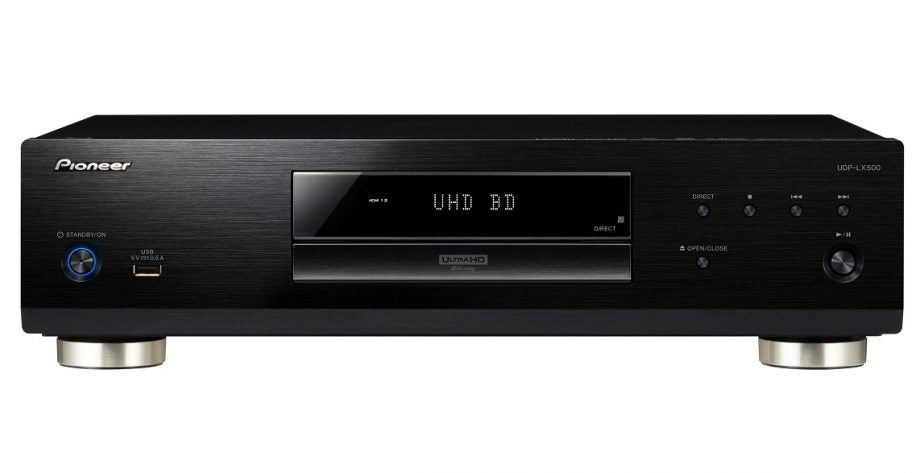
Verdict
Offering delicious sound and vision, the UDP-LX500 is a virtual sticky toffee pudding of a UHD player. 4K UHDs look terrific, and music playback is assured. If high-end Hi-Fi and AV is your bag, this deck should do nicely.
Pros
- Meticulous design
- Excellent picture quality
- SACD and DVD-Audio compatible
Cons
- No streaming apps
- Dour user interface
Key Specifications
- Review Price: £999
- Universal disc playback
- High-end build quality
- MaxCLL and MaxFALL display information
What is the Pioneer UDP-LX500?
Pioneer hasn’t exactly tippy-toed into the high-end UHD Blu-ray arena. Its UDP-LX500 is a tank-like disc spinner that’s aimed squarely at AV enthusiasts. With expansive Universal audio playback (your legacy SACD and DVD-A collection is welcome here, as are High-Res Audio files), it muscles into territory once occupied by Oppo, and boasts bodywork that mass market players can only dream of.
So if you’re serious about your physical media, should this be your next big indulgence?
Related: Best 4K Blu-ray players
Pioneer UDP-LX500 – Design and features
You might need a friend to help you unbox the UDP-LX500. It shares the same meticulous design philosophy applied to the step-up UDP-LX800, a reference-grade stablemate that sells for twice as much.
Tipping the scales at 10.3kg, and physically larger than its nearest premium rival, the Panasonic DP-UB9000 is the very definition of stability and rigidity.
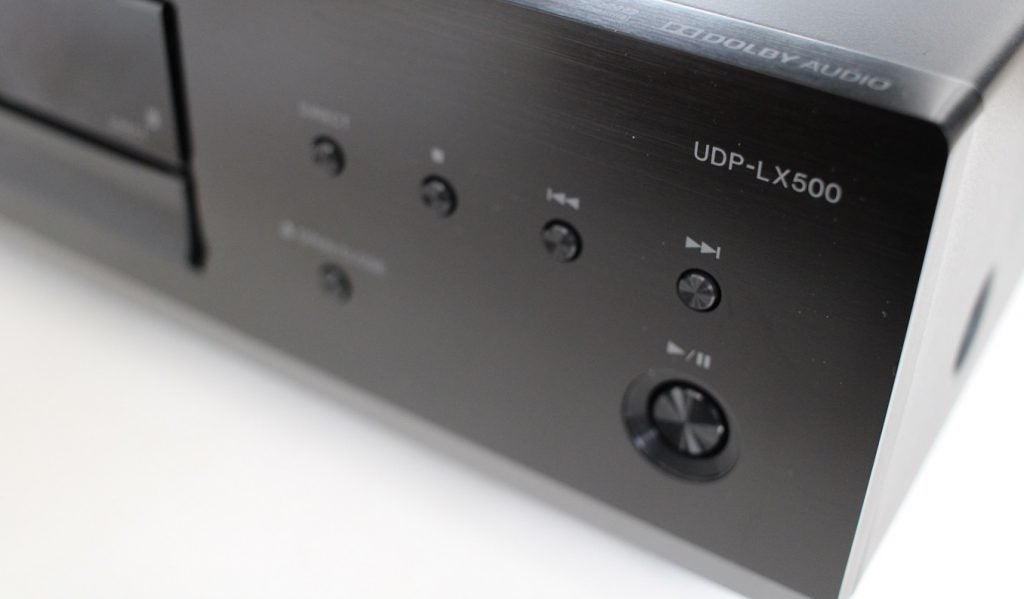
The heavy-duty cabinet draws on Pioneer’s last Blu-ray flagship, the BDP-LX88. Like that model, its 1.6mm chassis base is bolstered by a secondary 3mm steel plate. This shameless reinforcement means there’s zero chance of vibration affecting disc reading.
The rear of the player features two HDMIs (one offering combined sound and vision, the other able to deliver separated audio if required), digital audio optical and coaxial outputs, and a chunky pair of stereo phonos. There are also USB ports front and back. The player sits on four substantial isolating feet with rubber anti-slip pads.
There’s also an Ethernet connection for networking, and RS-232C for systems with integrated control.
Related: Best 4K TVs
Pioneer’s own PQLS (Precision Quartz Lock System), which mitigates timing errors over HDMI, is available when the player is used with compatible Pioneer AVRs.
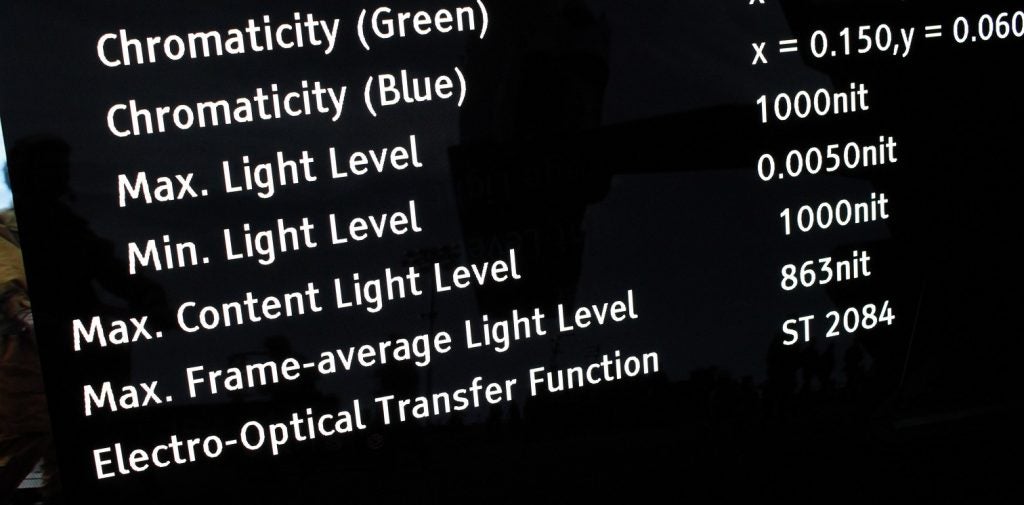
Once up and running, it’s probably fair to say that the UI doesn’t excite. The brand has long taken a fairly dour approach to UX design, and that continues here. The Home menu is almost apologetically simplistic. There are no streaming services or integrated apps here either. However, there is buried treasure if you look hard enough.
Hold down the Display button, Easter egg style, and the display information menu reveals MaxFALL (Maximum Frame Average Light Level) and MaxCLL (Maximum Content Light Level) information, read from the the HDR10 metadata on compatible UHD discs. For AV geeks, this party trick is endlessly fascinating. If you’ve ever wanted to find out just how bright the HDR is on your latest UHD disc, you can.
Disc-loading speeds are merely average. A heavily authored movie disc took 43 seconds to get from tray to main menu. But the damped tray is so smooth in operation, you won’t mind. The player is whisper-quiet in operation.
Pioneer UDP-LX500 – Picture quality
Image quality can be considered top-notch. The UDP-LX500 doesn’t disappoint when it comes to 4K discs. Pristine detail and smooth nuanced colour, contribute to huge visual pop. The player supports both regular HDR10 and Dolby Vision. We tried the deck with TVs of both persuasion and consistently enjoyed superb results. Pacific Rim Uprising (a 4K Dolby Vision Blu-ray disc) looks particularly outstanding in terms of colour vibrancy and contrast; close-ups exhibit copious naturalistic texture. It looked monstrously fine.
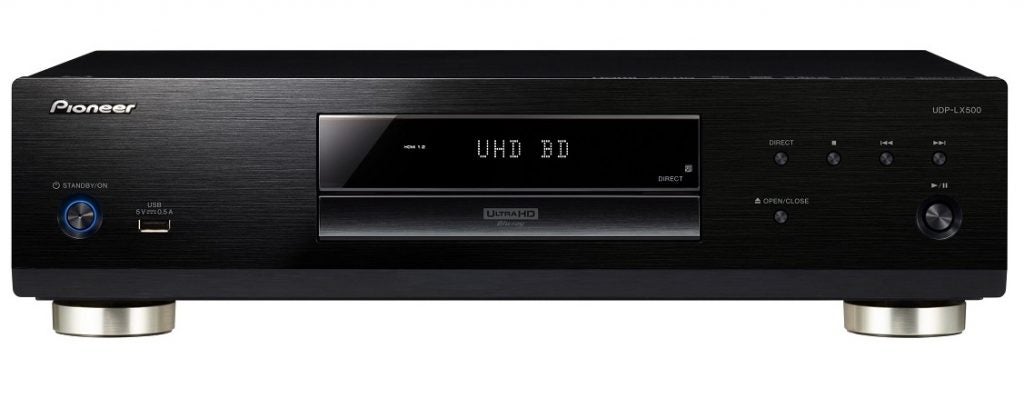
Of course, for many buyers, the big question will be just how good is the Pioneer compared to its high-end Panasonic rival, the DP-UB9000? Here, things get a little more interesting. After comparing both players with assorted test content, we concluded that the Panasonic probably has the edge thanks to its superior interpolation techniques.
While both players upsample HD and UHD discs to 4:4:4 colour sub-sampling, the DP-UB9000 exhibits greater smoothness and precision – but differences are only readily apparent under close scrutiny.
Helpfully, the player’s output can also be matched to different display technologies: LCD, OLED and projectors.
Related: Dolby Vision HDR
Pioneer UDP-LX500 – Sound quality
The UDP-LX500 isn’t just an accomplished Blu-ray spinner, it’s a very fine audio player too. Power supply, digital processing, and analogue audio have all been separated to minimise interference, in the time-honoured tradition of audiophile components.
Compatible with both Super Audio CDs and DVD-Audio discs, as well as regular CDs, it will appeal to those with long-standing and treasured audio collections. It’s also perfectly at home with High-Res Audio files.
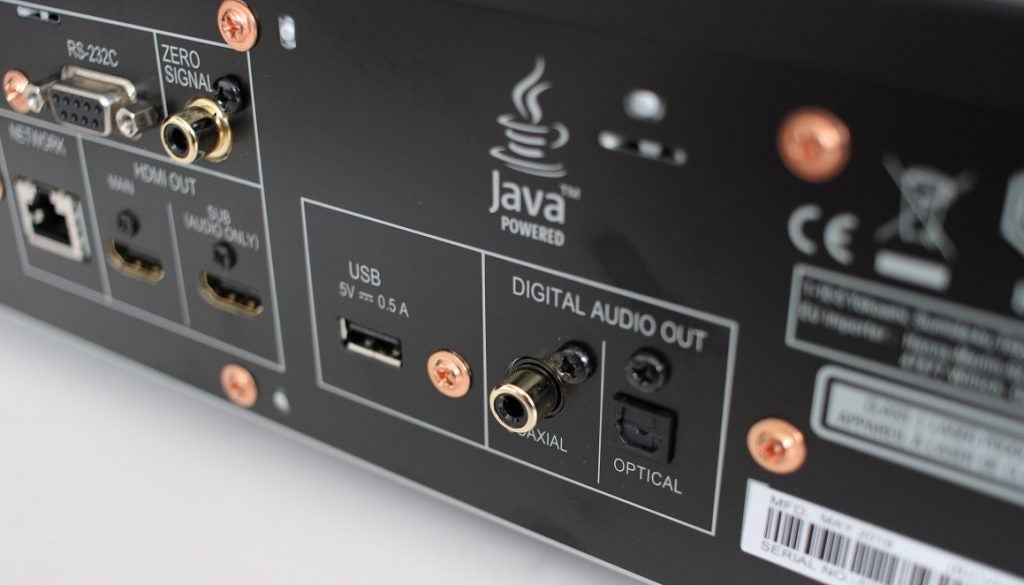
The player employs an AKM AK4490EQ DAC for stereo duties. This is a change from what we saw on the earlier BDP-LX88 (that had an ESS Sabre Reference ES9018), but it does a cracking job regardless.
Standard CD playback is above average. Discs have a warm, organic edge and sonically image well. A trio of digital filtering modes, Sharp Roll-Off, Short Delay, Slow Roll-Off, allow fine-tuning for taste. Normally, I try to stick to CDs that exhibit some evidence of additional care in the mastering process (remaster or platters made with premium materials), but the player makes a decent noise with everyday CDs too.
Where the UDP-LX500 steps significantly ahead is with universal disc support. SACD playback elevates the player to a different level entirely. The Tommy Lee SACD “Blue Smith” (Linn Records) exhibits superb stereo imaging; it’s melodious and naturalistic. The track “El Nino”, which features extensive soprano sax, presents higher registers with gentle ease. The deck’s compatibility with DVD-A is equally compelling.
Related: What is High Resolution audio?
Why buy the Pioneer UDP-LX500?
If you’re looking for a performance disc-spinner, then the UDP-LX800 sits high on a very short list. Suitable for integration with top-notch sound systems and high-end displays, the player effortlessly steps into the void vacated by former UHD Blu-ray favourite Oppo.
It doesn’t quite have the video processing capabilities of its main rival, the Panasonic DP-UB9000, but it confidently edges ahead when it comes to audio – specifically two-channel music.
If you’re looking for superb UHD playback and universal music disc support, at less than a grand, the UDP-LX500 has few rivals.
Related: What is 4K TV and Ultra HD?
Verdict
Offering delicious sound and vision, the UDP-LX500 is a virtual sticky toffee pudding of a UHD player. 4K UHDs look terrific, and music playback is assured. If high-end Hi-Fi and AV is your bag, this deck should do nicely.


